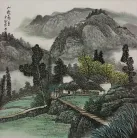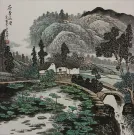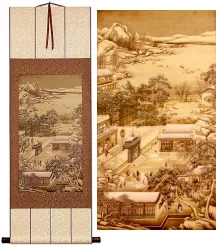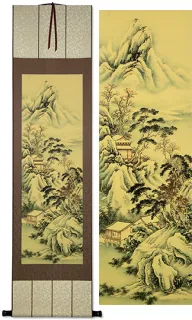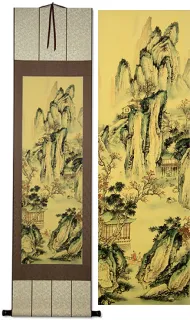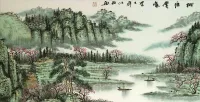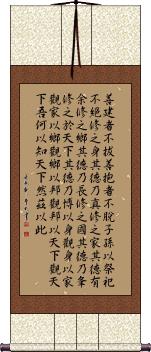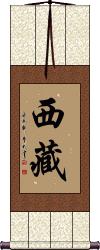Your search for Chinese Village found 26 items
| Narrow Results By: |
Wall Scrolls (3) |
$20 to $30 (2) |
Cao Quan-Tang (8) |
< 16" (4) |
< 16" (8) |
Landscapes (11) |
Sort By... Price:Width: Height: |
Search Results for Chinese Village
Chinese Village Home Landscape Painting
Discounted Blemished
Gallery Price: $90.00
Your Price: $49.00
Gallery Price: $200.00
Your Price: $128.88
Gallery Price: $108.00
Your Price: $59.88
Gallery Price: $83.00
Your Price: $45.88
Gallery Price: $83.00
Your Price: $45.88
Gallery Price: $60.00
Your Price: $39.88
Gallery Price: $72.00
Your Price: $39.88
Gallery Price: $72.00
Your Price: $39.88
Chinese Mountain Cliff Village Landscape Painting
Discounted Blemished
Gallery Price: $38.00
Your Price: $21.00
Chinese Mountain Cliff Village Boat and Bridge Landscape Painting
Discounted Blemished
Gallery Price: $38.00
Your Price: $21.00
Gallery Price: $144.00
Your Price: $79.88
Gallery Price: $60.00
Your Price: $39.88
Gallery Price: $400.00
Your Price: $138.88
Gallery Price: $400.00
Your Price: $138.88
Gallery Price: $65.00
Your Price: $35.88
Gallery Price: $65.00
Your Price: $35.88
Chinese Village
Custom Chinese Village Calligraphy Scrolls...
There are 6 Chinese Village titles can be completely customized and delivered in several weeks. Prices vary widely depending on the calligrapher and other custom options you chose.
Typical price range:
$91.88 - $130.88
Typical price range:
$51.88 - $90.88
Typical price range:
$43.88 - $82.88
Typical price range:
$47.88 - $86.88
Typical price range:
$51.88 - $90.88
Undaunted After Repeated Setbacks
百折不撓 is a Chinese proverb that means “Be undaunted in the face of repeated setbacks.
Typical price range:
$51.88 - $90.88
